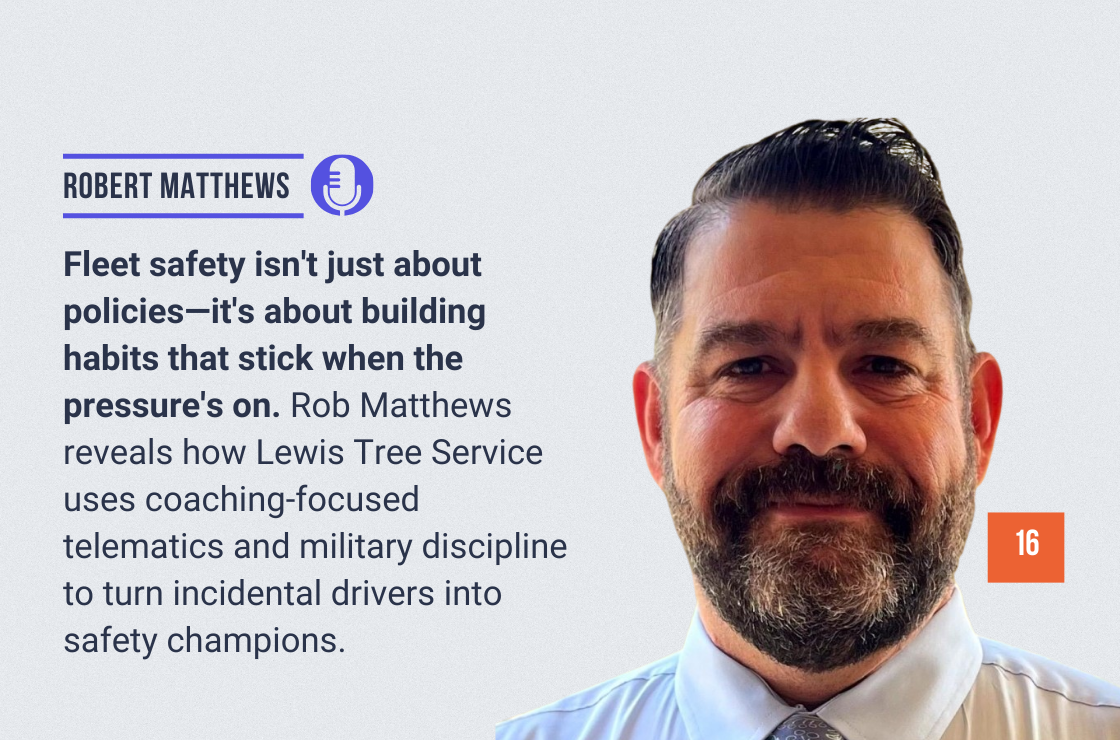
Holiday-Specific Protocols to Protect Your Drivers, Vehicles, and Brand
For fleet managers and environmental health and safety (EHS) professionals, Independence Day isn’t just a celebration—it’s a risk multiplier. Between increased traffic, distracted holiday drivers, unpredictable schedules, and driver fatigue, the Fourth of July weekend presents unique challenges that demand proactive planning.
Whether your operation runs delivery trucks, service vehicles, or long-haul rigs, it’s not business as usual during this time of year. This guide explores holiday-specific fleet safety protocols, advanced communication strategies, and behavioral insights to help keep your drivers safe and your operations running smoothly.
Why Independence Day Is a High-Risk Period for Fleets
According to the National Highway Traffic Safety Administration (NHTSA), July 4th ranks among the deadliest holidays for U.S. road travel, with elevated rates of:
- Drunk driving incidents
- Distracted and inexperienced drivers on the road
- Congestion due to increased recreational and family travel
- Fireworks-related traffic obstructions and events
For fleet operators, these conditions can increase the likelihood of crashes, delivery delays, and driver stress—all of which impact safety, performance, and bottom-line results.
Independence Day Fleet Safety Risks to Watch
- Increased Traffic Volume
More vehicles—primarily recreational drivers unfamiliar with routes—means more unpredictability.
- Impaired Drivers
Drunk driving spikes on July 4th and surrounding nights. Commercial drivers need to be extra cautious even when following every rule themselves.
- Nighttime Operations
Deliveries or late returns during fireworks events can lead to low visibility, pedestrian hazards, and disoriented drivers.
- Driver Fatigue
Working around the holiday can lead to split sleep cycles, extended hours, or rushed shifts—a top contributor to incident risk.
- Vehicle Overload or Underuse
Poorly balanced routes or last-minute changes may overload some vehicles while others remain idle, increasing the chance of mechanical failure or inspection issues.
Holiday-Specific Fleet Safety Protocols That Work
- Pre-Holiday Maintenance Blitz
Before the July 4th weekend, schedule quick safety inspections on all active vehicles. Focus on:
- Brakes
- Lights
- Tire pressure and tread
- Wiper blades
- Air conditioning and cooling systems
Make sure your fleet is road-ready before the risk window begins.
- Issue a Holiday Driver Safety Briefing
Don’t rely on a blanket reminder email. Create a branded safety bulletin or short video message that highlights:
- Hot zones to avoid (near parades, beaches, event centers)
- Expected high-traffic times
- Tips for dealing with impaired or aggressive drivers
- Instructions for post-incident reporting
Keep it short, visual, and focused—holiday attention spans are limited.
- Adjust Routes and Dispatch Times
Plan dispatches to avoid:
- Late afternoon travel windows (3–7 p.m)
- Nighttime driving on July 4th itself
- Routes near high-risk areas
Use real-time traffic and event data to dynamically route your drivers away from congested or hazardous zones.
- Use Calm Driving and Eco-Driving Techniques
Holiday driving conditions are perfect scenarios for reinforcing eco-driving behaviors:
- Maintain safe following distances
- Accelerate and decelerate gently
- Plan for lane changes and turns
- Avoid aggressive driving in response to unpredictable traffic
These techniques reduce crash risk, lower fuel consumption, and improve driver focus, especially during stressful conditions.
- Keep Drivers Connected
Ensure every driver has:
- A reliable communication channel with dispatch
- Access to updated route guidance
- A clear escalation plan in case of emergencies
Consider using mobile alerts to push real-time updates and weather/firework zone advisories directly to your team’s devices.
Holiday Driving Culture: What You Emphasize Matters
The tone you set as a leader has a tangible impact on driver safety. Use messaging that reflects awareness and appreciation, not just risk.
Try including reminders like:
“We know you’re working while others are celebrating. Your safety is our priority—and your professionalism represents us best.”
This small touch can reduce burnout, increase buy-in, and strengthen your safety culture.
Building a Fleet Safety Culture That Lasts Beyond the Holiday
The protocols you implement for Independence Day can serve as a template for all high-risk periods—from Labor Day to New Year’s. When done well, they:
- Reinforce driver trust
- Improve your fleet’s risk profile
- Set expectations for composure and performance
- Lead to long-term gains in fuel efficiency, customer satisfaction, and retention
Final Thoughts: Planning Ahead is the Best Protection
Independence Day will always bring increased road risk, but with the proper protocols and driver engagement, your fleet can navigate it with confidence and care.
By combining intelligent scheduling, behavior-based safety training, and clear communication, you’ll do more than prevent accidents. You’ll create a fleet culture that’s alert, resilient, and respected—on the holiday and every day after.
| Task | Purpose |
|---|---|
| Pre-holiday vehicle inspections | Prevent mechanical failures during peak demand |
| Route and dispatch adjustments | Avoid traffic spikes and high-risk zones |
| Safety bulletins or team briefings | Reinforce holiday-specific risks and reminders |
| Eco-driving training refreshers | Reduce stress and fuel usage |
| Emergency communication protocols | Ensure drivers know what to do if problems arise |
| Post-holiday review with team | Identify takeaways and areas to improve next year |







